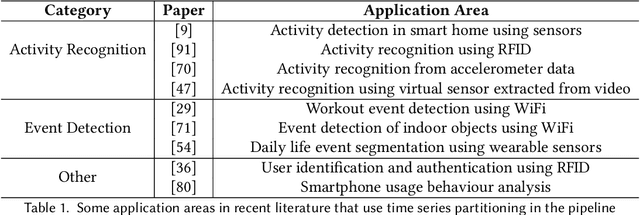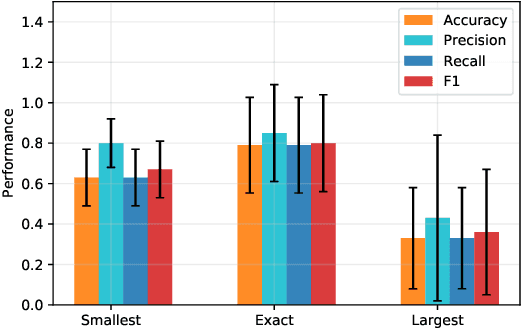Shantanu Laghate
Cadence: A Practical Time-series Partitioning Algorithm for Unlabeled IoT Sensor Streams
Dec 06, 2021



Abstract:Timeseries partitioning is an essential step in most machine-learning driven, sensor-based IoT applications. This paper introduces a sample-efficient, robust, time-series segmentation model and algorithm. We show that by learning a representation specifically with the segmentation objective based on maximum mean discrepancy (MMD), our algorithm can robustly detect time-series events across different applications. Our loss function allows us to infer whether consecutive sequences of samples are drawn from the same distribution (null hypothesis) and determines the change-point between pairs that reject the null hypothesis (i.e., come from different distributions). We demonstrate its applicability in a real-world IoT deployment for ambient-sensing based activity recognition. Moreover, while many works on change-point detection exist in the literature, our model is significantly simpler and matches or outperforms state-of-the-art methods. We can fully train our model in 9-93 seconds on average with little variation in hyperparameters for data across different applications.
 Add to Chrome
Add to Chrome Add to Firefox
Add to Firefox Add to Edge
Add to Edge